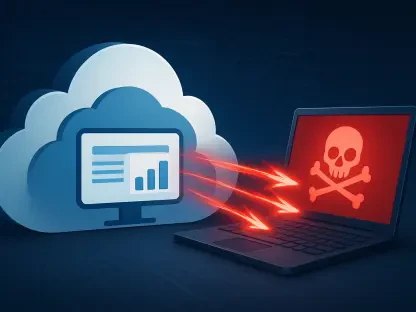In an alarming turn of events, a significant data breach at a popular communication platform has left countless users vulnerable, with personal information and even sensitive government-issued identification documents exposed to unauthorized access. This incident, stemming from a security lapse at a third-party customer service provider, has sent shockwaves through the online community, raising urgent questions about the safety of personal data in the hands of external vendors. While the platform’s core systems remained untouched, the breach has spotlighted a critical weakness in the chain of data protection, particularly when sensitive interactions with support teams are involved. The fallout from this incident serves as a stark reminder of how interconnected digital ecosystems can amplify risks, even when primary infrastructure appears secure. As details continue to emerge, the focus shifts to understanding the scope of the breach, the nature of the exposed data, and the steps being taken to mitigate the damage for affected users.
Unpacking the Scope and Impact of the Breach
The breach originated from unauthorized access to the platform’s customer support ticketing system, facilitated through a compromised third-party vendor, with the apparent motive being financial extortion. Specifically, the exposed data includes full names, usernames, email addresses, limited billing information such as payment types and the last four digits of credit cards, IP addresses, and the content of support messages. Most concerning is the exposure of government-issued photo IDs, like driver’s licenses and passports, submitted by a small subset of users for age verification purposes. Fortunately, critical details such as full credit card numbers, CVV codes, private messages, and account passwords were not accessed, limiting the overall scope of potential harm. Nevertheless, the nature of the compromised information, especially photo IDs, heightens the risk of identity theft for those affected, making this incident particularly severe despite not involving the platform’s main systems. This situation underscores the persistent vulnerabilities tied to external partnerships in handling sensitive user data.
Swift Response and Future Safeguards
Upon discovering the breach, immediate actions were taken to contain the damage, including revoking the third-party vendor’s access to prevent further unauthorized activity. An internal investigation was launched, supported by a leading computer forensics firm, while collaboration with law enforcement was initiated to address the criminal aspect of the attack. Relevant data protection authorities were notified, and affected users received direct communication via an official email channel, with a clear warning against potential phishing attempts exploiting the situation. Additionally, a thorough review of security protocols for third-party providers is underway to prevent similar incidents in the future. The response demonstrated a commitment to transparency and user safety, though it also highlighted the broader challenge of ensuring robust security across all touchpoints in a digital ecosystem. Looking back, the proactive measures taken in the aftermath provided a foundation for rebuilding trust, while the incident itself served as a critical lesson in the need for stringent oversight and continuous improvement in cybersecurity practices to protect users from evolving threats.









